Many Schmidts from Machtlos, Germany left behind family, friends, jobs, and everything they knew when they ventured to a foreign land with a different culture and a different language. Driven by a belief in the American Dream, these Schmidts sought and achieved opportunity, freedom, and prosperity. No doubt they would have celebrated the Fourth of July with a particular warmth in their heart.
Here are 10 unique and inspiring stories about members of the Schmidt family who risked it all to immigrate to America:
1. Johannes Schmidt
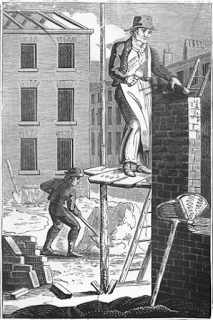
The first known Schmidt of Machtlos, Germany to emigrate is Johannes Schmidt, eldest child of Johannes Schmidt and Eva Christina Günther. Johannes Jr. was born on October 5th, 1822 in Machtlos. His father, Johannes Sr., worked as a tar hauler and lumberjack. Johannes Jr.’s mother, Eva Christina (Günther) Schmidt, died when he was 3 years old. His father remarried four years later, in 1829, coincidentally to another woman with the exact same maiden name: Eva Christina Günther (probably a distant cousin of the first Eva Christina Günther).
Johannes Schmidt Jr. was assigned the occupation of “Maurer” (meaning “bricklayer”). As a bricklayer, he would have been hired to perform tasks like wall building, tiling, chimney work, and paving streets and walkways. The work entailed long, hard hours. A bricklayer would lay about 1,000 bricks in a day.
In 1840, at the age of 18, Johannes requested and received permission from the Hessian government to emigrate from the country. He spent the next two years earning and saving up money, and his family would have worked to pool their money together (in the hopes that he could go to America, earn better money, and send some of it back to them in Germany). Two years later, in the spring of 1842, Johannes journeyed 200 miles north to the city of Bremen, Germany, where he boarded the ship Marianne. He was the only resident of Machtlos on board, but there were over a dozen other passengers who were residents of villages that neighbor Machtlos (villages like Iba and Gilfershausen). Johannes likely traveled with these countrymen of his.
After a voyage of a few months, the Marianne landed at the Baltimore harbor on July 20th, 1842. Ship records indicate that Johannes requested his luggage (consisting of 1 knapsack) be sent to Baltimore, implying that he intended to stay in Baltimore for at least a while. It has not yet been discovered what then became of Johannes Schmidt, who would have surely gone by “John Schmidt” or “John Smith”.
He would have undoubtedly lived in a community of other German-Americans, although none of his immediate family is known to have joined him in the States. He may have lived near distant cousins or immigrants from the same general part of Hesse as he, but he must have left behind all his closest friends, family, and neighbors. As the first of the Machtlos Schmidts who came to America seeking opportunity, Johannes Schmidt’s brave voyage paved the way for many more Schmidts from Machtlos.
2. Conrad Lindemann
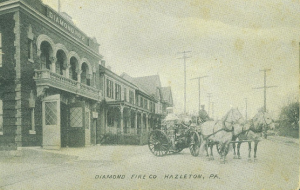
Conrad Lindemann was born on January 1st, 1813 in Machtlos, Germany, the son of Johannes Lindemann and Martha Catharina (Schmidt) Lindemann. On top of having a mother with the maiden surname of “Schmidt,” Conrad also descended from the Machtlos Schmidt family by virtue of his great great grandmother, Anna (Schmidt) Raub, a daughter of family patriarch Hans Heinrich Schmidt.
Conrad’s father Johannes Lindemann was an active and prominent citizen who served in a Hessian regiment as a “fusilier” (a type of light infantry), worked as a blacksmith, and later served as the mayor of Machtlos. Conrad grew up to follow his father in the blacksmith trade, and he also farmed a decent-sized plot of land.
On April 20th, 1835, Conrad married Anna Dorothea Collmann in Machtlos. They would have 6 children together in Machtlos: Philipp, Martha Catharina, Catharina Elisabeth I, Anna Dorothea, Catharina Elisabeth II, and Heinrich Justus.
In March of 1848, when Conrad was 35 years old, he took his family to Bremen, Germany, where they boarded the ship Heros. After a 3 month voyage, they landed at the New York harbor on June 12th, 1848. The family settled in Luzerne County, Pennsylvania, near a handful of other immigrant families who hailed from the same general region of Hessen Kassel, Germany. The area where they settled would later be incorporated into a town called Hazleton.
In America, Conrad continued in the blacksmith trade. They had one more child in America: a daughter, Elizabeth, in 1852. Conrad’s wife, Anna Dorothea (who went by the nickname “Jane,” given that in the German dialect “Jane” would be pronounced with a soft “J” and hard “e,” making it sound much like “Anna”) died some time in the mid 1850s. Conrad soon married a second wife, named Elizabeth.
Conrad and his second wife Elizabeth died some time after 1880. His 7 children produced thousands of descendants in eastern-central Pennsylvania and across the country.
3. Conrad Günther

Conrad Günther was born in Machtlos on April 3rd, 1833, the son of Johann Heinrich Günther and Anna Martha (Lindemann) Günther. He was baptized in the village church of Machtlos on April 8th, being named after his uncle, the aforementioned Conrad Lindemann. (His mother, Anna Martha (Lindemann) Günther, was a sister of Conrad Lindemann.)
Conrad Günther’s father, Heinrich, was a tar hauler, but Conrad followed after his uncle and grandfather’s profession of blacksmithing. At the age of 19, he made a journey in the middle of winter to the northern city of Bremen, Germany, where he boarded the ship Goethe. Traveling with him was an older cousin of his, Sophia Raub. After many weeks, their ship landed at the Baltimore harbor on February 16th, 1853.
Conrad made his way up to Luzerne County, Pennsylvania, near his uncle Conrad Lindemann’s family, settling in the area that would later become the town of Hazleton. He married a woman named Elizabeth, and together they had at least four daughters: Wilhelmina “Minnie,” Dorothea, Emma, and Elizabeth. Conrad’s father, the widower Johann Heinrich “Henry” Günther, immigrated and joined the family in Pennsylvania sometime before 1860.
In America, Conrad Günther took up work as a coal miner. The work was strenuous, of course, but in comparison to other occupations like farming or smithing, it was also very dangerous. It would have been a familiar occupation to Conrad, as his hometown of Machtlos in Germany was also part of a heavy mining region. They likely would have lived in a makeshift “coal town,” a congregation of small houses built by the coal mining company for its employees.
Conrad Günther died in Hazleton, Pennsylvania at the young age of 38, on May 25th, 1871. It is not yet known what his cause of death was, but it is quite likely it had something to do with his line of work–perhaps black lung or a mining accident.
4. Balthasar Ludwig “Louis” Schmidt
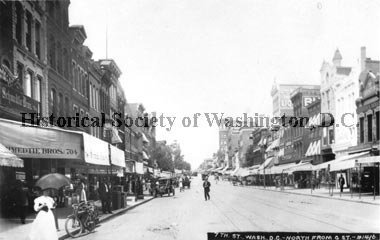
Balthasar Ludwig Schmidt was born on August 4th, 1835 in Machtlos, Germany, the son of tar hauler Dietrich Schmidt and Sophia (Schmidt) Schmidt. He was named after his uncle, Johann Balthasar Schmidt. As a young lad, Balthasar Ludwig worked as a “Karrenläufer” (a barrow runner).
In 1851, when he was about 15 years old, his family pooled their resources together to send his older sister, Anna Martha Schmidt, to America. She went and settled in Boston, Massachusetts, marrying Johannes “John” Rimbach (who hailed from Blankenbach, a town that neighbored Machtlos in Germany), a shoemaker. After saving up money for a couple years, Anna sent for her brother Balthasar Ludwig Schmidt to come join them in America.
He was approved for emigration by the Hessian government in July of 1853, and came to America shortly thereafter, arriving in Boston later that same year. The siblings worked and pooled their money together to send for their younger sister Martha Catharina Schmidt in 1855, and then for their younger brother Herman Schmidt in 1857.
Balthasar Ludwig (who began going by the more Americanized nickname “Louis”) Schmidt adapted well to American life, taking up the shoemaking/bootmaking trade. His older sister, Anna Martha “Hannah” (Schmidt) Rimbach, however had a harder time. She and her husband, John Rimbach, had to bury two of their four children in Boston. Crowded, urban life and the lack of German community in a city more known for its Irish community, were factors that would have taken their toll on Anna Martha “Hannah” (Schmidt) Rimbach, and so she and her household decided to leave America and return to Germany. They settled in John Rimbach’s old hometown, Blankenbach, and then later in the nearby village of Rautenhausen, where they continued building their family.
Balthasar Ludwig “Louis” Schmidt, however, thrived in America. On March 29th, 1861, the same year that his older sister left to go back to Germany, Louis was naturalized as a US citizen. A couple years later, he moved to Washington, DC, where he found employment at the Metropolitan Hotel on Pennsylvania Avenue as a bartender.
Louis did not forget his German family in the midst of his American success story however. In 1872, he went back to Germany on vacation, visiting relatives in his old hometown of Machtlos, and also swinging through the northwestern city of Essen, Germany, where many Machtlos residents (and relatives of Louis) had begun relocating.
On April 22nd, 1875, Louis married Amelia Barbara Heimerdinger in Washington, DC, with whom he had three children: Emma Louise (Schmidt) Hoeke, Maud Viola (Schmidt) Hohoff, and Milton Louis Schmidt.
The same year that he got married, Louis started up his own restaurant/saloon at 702 Seventh Street NW in the heart of Washington, DC’s German-American neighborhood. His establishment was a big success, becoming a popular spot for politicians and businessmen.
Louis died in Washington, DC after a week-long bout of pneumonia at the age of 72 on March 4th, 1908. His son, Milton, carried on the successful family establishment until Prohibition put them out of business in 1920. Louis produced many descendants on the central eastern seaboard of America.
5. Martha Catharina (Schmidt) Busch

Martha Catharina Schmidt was born on September 11th, 1837 in Machtlos, the daughter of tar hauler Dietrich Schmidt and Sophia (Schmidt) Schmidt. She was baptized in the village church of Machtlos on September 24th, being named after her maternal aunt, Martha Catharina (Schmidt) Schneider. In 1851, when she was about 14 years old, Martha’s older sister, Anna Martha Schmidt, went to America and settled in Boston. A couple of years later, in 1853, another sibling–Balthasar Ludwig Schmidt–also went to America and settled in Boston.
After her older American siblings had saved up sufficient money, they sent for Martha Catharina Schmidt to come join them Stateside also. Martha Catharina Schmidt came to America in 1855, at the age of about 17 or 18. She lived in Boston, where she married her husband, a Prussian immigrant named Philipp William Busch, on August 26th, 1860. Philipp was a successful shoemaker and bootmaker who eventually opened his own shoe store in Boston.
With the money they earned, Martha and her older siblings helped to bring their younger brother, Herman Schmidt, to America in 1857.
Martha and Philipp had no children together. Philipp died of chronic nephritis, complicated by heart disease, at their home at 178 Eliot St. on April 2nd, 1892, when he was 60 years old.
The widowed Martha remained in Boston after her husband’s death, taking up work as a household servant to support herself. By 1900, when Martha was 63 years old, she was still hard at work as a live-in servant in the small household of a Miss Gertrude Daly, a 28-year-old unmarried British woman who worked as the bookkeeper for a local brewery. By 1910, Martha had retired, and had been taken in by the family of her niece, Bertha (Schmidt) Thomson (the daughter of Martha’s brother, Herman Schmidt) in Washington, DC.
At the end of her life, Martha moved back to Massachusetts, finding a home in the city of Lynn, in Essex County. She died in Lynn, Massachusetts on March 2nd, 1913 of a cerebral embolism and was buried in Forest Hills Cemetery, Boston. Though she left no descendants, her brother Herman Schmidt’s descendants owe gratitude to her for her hard work and generosity in bringing Herman to America. Martha was an important link in the chain of immigration that brought many future Schmidts to America.
6. Herman Schmidt
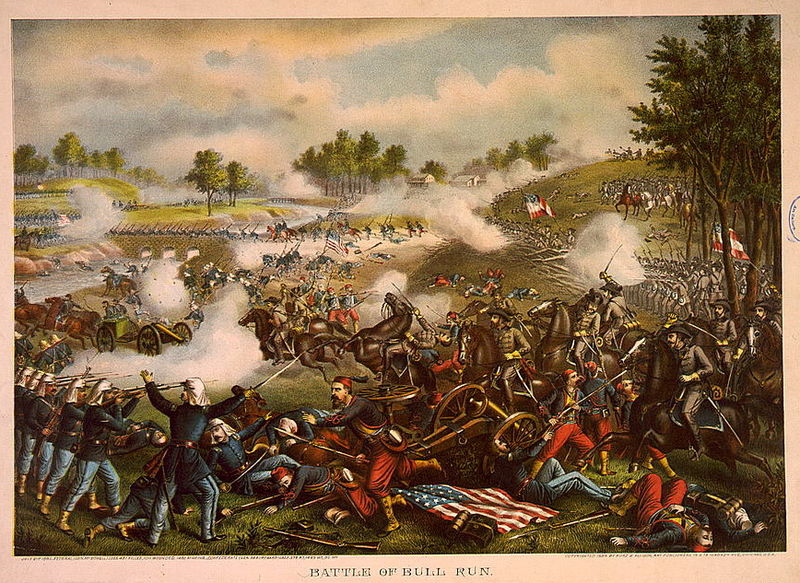
Herman Schmidt was born on April 20th, 1840 in Machtlos, Germany, the son of the tar hauler Dietrich Schmidt and Sophia (Schmidt) Schmidt. He was baptized on the same day, being christened in honor of family friend Johann Hermann Tann the miner.
Herman was the last of the chain of Machtlos Schmidts who helped each other immigrate to Boston. Three of his older siblings (Anna Martha, Balthasar Ludwig, and Martha Catharina) had preceded him in settling in Boston, and pooled their resources to bring Herman to America as well. Herman took the ship Olympia from Bremen, Germany to the New York harbor, where he landed on November 25th, 1857. He came over as an unmarried day laborer with no assets of his own.
Herman first settled in Boston near his siblings, but then went to New York City on his own. As the Civil War broke out, Herman was looking for work in New York, and he came across a Captain Foster who was organizing a company for the 8th Regiment of the New York State Volunteers. Herman inquired about signing up. He was told that the company had just filled up, but that one of the enlistees had disappeared–a man by the name of Lewis Kraus–and that Herman could take Lewis’s spot. Herman, concerned that his siblings would worry about his safety if they knew he had joined the army, decided to assume the pseudonym “Lewis Kraus,” and so enlisted under that name on April 23rd, 1861.
Captain Ferdinand Theilkuhl assumed command of Herman’s company–Company E–with whom Herman served for two years, fighting in the First and Second Battles of Bull Run and the Battle of Cross Keys. Herman suffered multiple injuries during his time on the battlefield, including a foot injury, a head injury, an eye injury that caused him to go blind in one eye for some time, and a severe hernia.
After being honorably discharged on April 23rd, 1863, Herman went to the Baltimore/DC area. He married his wife, Catharina Vogel, a Württembergian immigrant, on October 2nd, 1864 at St. John’s Evangelical Lutheran Church in Baltimore. Herman and Catharine had 7 children together: Bertha, Louis, George, Emma, Charles, William, and Herman “Harry” Schmidt. They settled in Washington, DC, where he opened his own restaurant at 11th Street West and F Street North, living in the same household for a while with his brother Balthasar Ludwig “Louis” Schmidt.
On one particularly unfortunate day, Tuesday, June 4th, 1868, a Washington DC policeman’s arrest of an African American man sparked a race riot that swept through the neighborhood and did considerable damage. Herman Schmidt was one of the unlucky recipients of this violence. A June 4, 1868 edition of The National Republican newspaper reports that while this rioting was going on, a group of African American men entered Herman’s restaurant, called for drinks, then used the bottles to beat Herman unconscious and stole the money from his cash drawer and several bottles of whiskey.
On February 18th, 1870, Herman’s 2-year-old son Louis tragically died. Then, on March 4th, 1870, not even a month after his young son’s untimely death, Herman’s restaurant burned down in a fire. Because of the inadequacy of fire insurance in those days, Herman struggled to provide for his family after this, attempting to earn income as a barkeeper, salesman, and a boarding house manager. Laboring with a nasty hernia and other injuries that he still tended from his Civil War service, Herman decided to apply for a Civil War veteran’s pension in 1877, having previously abstained from applying for one out of a conviction that one ought not to feed at the taxpayer trough.
To add (literally) insult to injury, Herman was repeatedly denied his veteran’s pension, with officials claiming that his injuries were not severe enough to warrant a pension. Though most of the men Herman had served with had since died or moved far away where they could not be reached, Herman rounded up some of the most prominent citizens of Washington, DC to speak on his behalf in an attempt to secure his pension. One such citizen was attorney Belva Lockwood (who, as coincidence would have it, was the first female US presidential candidate to receive legally counted votes). Ultimately, officials brought forth a soldier who claimed to remember that Herman Schmidt had been partially blinded not in combat, but rather when a cartridge had exploded in his face while he was trying to shoot a hornet’s nest. In the end, Herman never received his veteran’s pension.
Herman Schmidt died in Washington, DC on July 7th, 1890, leaving behind many descendants in the Washington, DC area who all went on to be rather successful and prominent citizens in the area.
7. Franz Raub
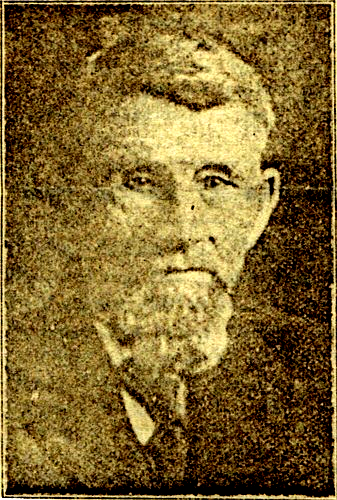
As a young man in Machtlos, Franz worked as a day laborer, finding paid work on a day-to-day basis on other people’s farms. He married Louisa Kersten in Machtlos on December 25th, 1876. Franz and Louisa would go on to have 9 children together: Adam, Johann George (who died in infancy), Caroline “Lena,” Martha, Reinhart “Hart,” Sophia, Amelia, Alfred, and William.
In the autumn of 1880, the family went north to Bremen, Germany, where they boarded the SS Hermann and set forth for America. Their ship landed in the Baltimore harbor on November 2nd, 1880. They immediately went out to Lee County, Illinois, near the town of Ashton. The area had begun to become a waypoint for immigrant families from Machtlos, Germany in the 1860s. Many families from Machtlos stopped near Ashton, Illinois for a couple years before continuing on to Benton and Tama Counties in Iowa. Some of these families included the Adam and Maria Elisabeth (Lindemann) Hotzel family, the Michael and Martha Elisabeth (Kersten) Lindemann family, the Christian and Anna Elisabeth (Kersten) Mosebach family, the Paul and Anna Martha (Eisler) Pfetzing family, and the Dietrich Johannes and Caroline Josephina (Kersten) Lindemann family.
After spending three years in the Ashton, Illinois area, the Franz and Louisa (Kersten) Raub family moved westward to Dysart, Iowa, to be near Louisa’s sister Carolina (Kersten) Lindemann’s family and other Machtlos families.
There in Iowa, Franz (who often went by the nickname “Frank”) farmed in Clark Township, Tama County until he was 70. In the spring of 1919, he retired from farming and they moved out of the countryside and into the town of Dysart. Unfortunately, he was not able to enjoy his retirement for long, for he was soon stricken with stomach cancer and died at his home on November 9th, 1920, at the age of 71, thereafter being buried in the Dysart Cemetery. Franz’s many children had numerous children of their own, and now his descendants in Iowa number in the thousands.
8. Georg Karl Schmidt
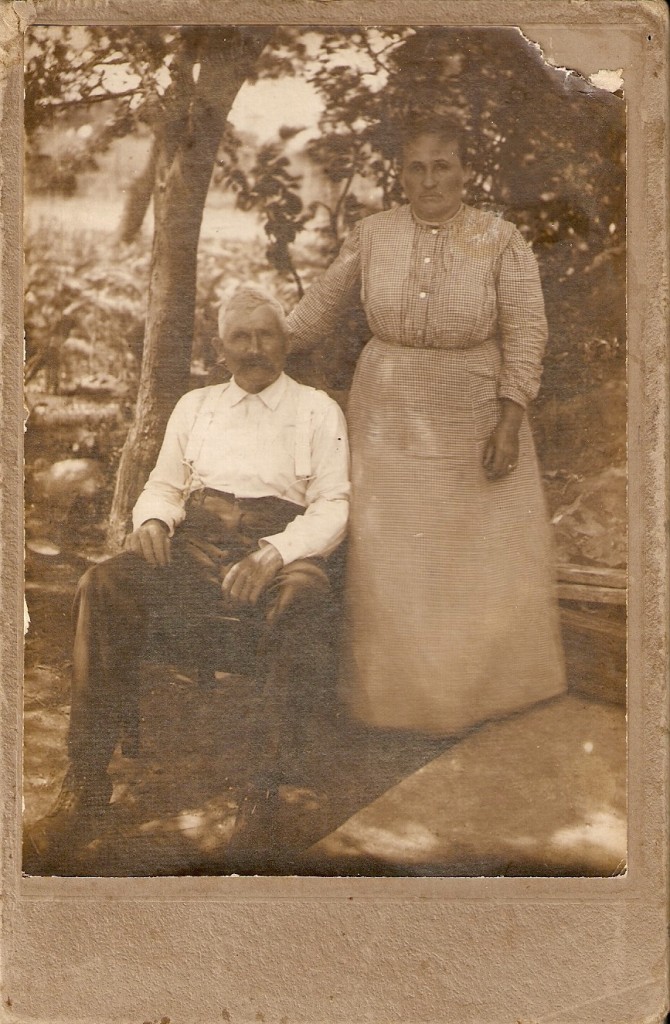
Georg Karl Schmidt was born on May 5th, 1864 in Machtlos, Germany, the son of tar hauler Dietrich Schmidt Jr. and Martha Elisabeth (Lindemann) Schmidt. Georg Karl, who went by his middle name, “Karl,” apprenticed as a shoemaker when he was a young man.
With several of his uncles and aunts already having immigrated to America, Karl got the itch to travel as well. His father, Dietrich Schmidt Jr., requested permission from the Hessian government for his son to emigrate and permission was granted. Karl went with a traveling party of some of his neighbors from Machtlos. They boarded the SS Silesia at Hamburg, Germany on May 22nd, 1881. After landing at the New York harbor on June 6th, 1881, Karl and his traveling party took a train out to Ellsworth County, Kansas, where Karl gave up shoemaking in favor of farm work.
After spending two years in Kansas, Karl received word that his brother (Wilhelm Conrad Schmidt) and the family of his uncle (Conrad Jacob Schmidt) were now immigrating to America and intended to settle in Dysart, Iowa. In 1883, Karl went up to Dysart, Iowa to meet them. Along with these new Schmidts came some Lindemann cousins, including Karl’s first cousin once removed, Anna Margaretha “Maggie” Lindemann.
Karl and Maggie were married in nearby Vinton, Iowa (where Maggie worked for the School For The Blind) on December 9th, 1887. Karl and Maggie had 8 children together: William, Elizabeth, Edward, Charles, Michael, Anna, Henry, and an unnamed child who died in infancy. While living in the Dysart/Vinton, Iowa area, Karl engaged in farm work and also did some work with his cousin Henry Schmidt at the coal mines in Fort Dodge, Iowa.
As Karl’s other Schmidt relatives began to migrate northwest toward the town of West Bend, Iowa, Karl and Maggie relocated there too in 1893. They joined with the Evangelical Lutheran Church in West Bend, and later in life Karl joined the Apostolic Christian Church. Karl farmed about two miles west of West Bend, and also served as a Palo Alto County school officer. He was stricken with stomach cancer in 1928, but despite the pain and sickness, he continued to work his farm until just a couple weeks before his death, which took place on October 22nd, 1933, when he was 69 years old. Karl’s hundreds of descendants remain mostly in the area of Palo Alto County, Iowa.
9. Wilhelm Conrad Schmidt
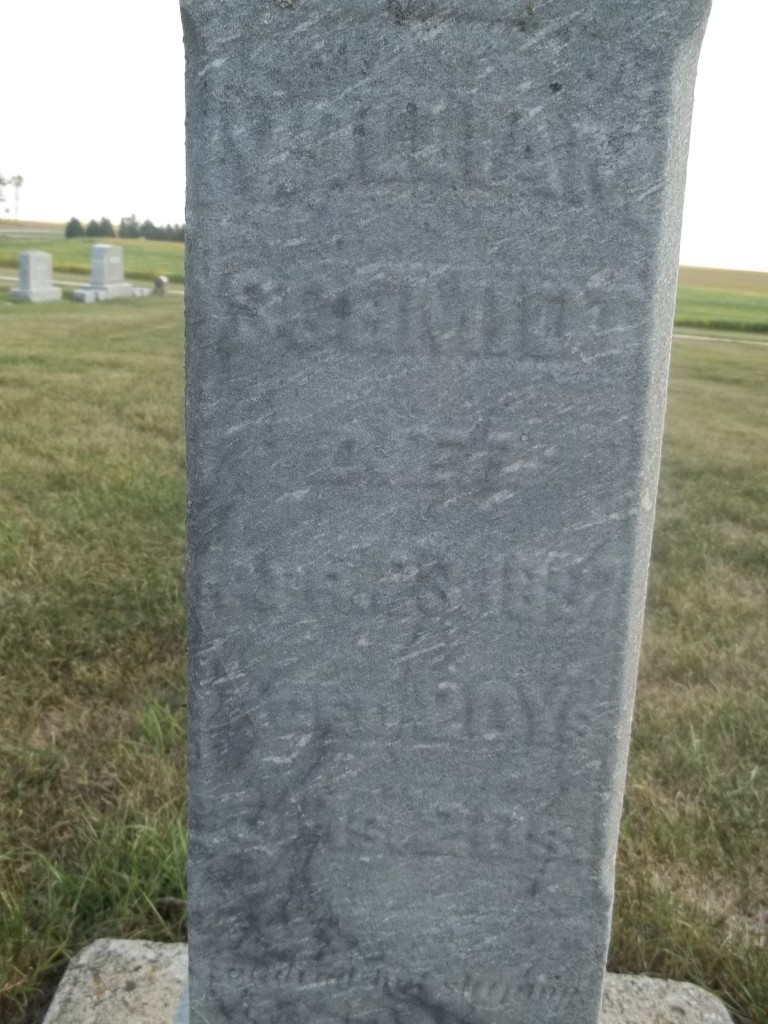
Wilhelm Conrad Schmidt was born on November 21st, 1866 in Machtlos, Germany, the son of the tar hauler Dietrich Schmidt Jr. and Martha Elisabeth (Lindemann) Schmidt. He was baptized in the village school house on December 2nd, being christened after his baptism sponsor, his uncle, Conrad Leimbach the tar hauler (the husband of Dietrich Schmidt Jr.’s sister, Anna Elisabeth). The “Wilhelm” part of his name was in honor of Prince William of Hesse-Kassel.
Many of Wilhelm’s uncles and aunts had immigrated to Germany beginning in the 1850s. In 1881, when Wilhelm was 14 years old, his older brother Karl sailed to America and settled in Kansas. Two years later, in 1883, some of his relatives who had relocated to the larger city of Essen, Germany, made plans to go to America, and Wilhelm decided to come along with them. Wilhelm traveled with his uncle and aunt, Conrad Jacob Schmidt and Martha Elisabeth (Lindemann) Schmidt, plus their children (Wilhelm’s cousins) Henry, Elizabeth, Herman, Anna, and Margaret, plus two of their cousins, Michael Lindemann and Anna Margaretha “Maggie” Lindemann.
They boarded the SS Zeeland at Antwerp, Belgium in the autumn of 1883 and, after a stormy journey, landed in Philadelphia on November 25th, 1883. They took a train out to Dysart, Iowa, where Wilhelm’s brother Karl came up from Kansas to join them.
Wilhelm took up work as a farmhand, being employed by his uncle and aunt, Adam Hotzel and Maria Elisabeth “Mary” (Lindemann) Hotzel, in Dysart, Iowa.
His brother, Karl Schmidt, and first cousin once removed, Maggie Lindemann, were soon engaged to be married. Before Wilhelm could see their wedding, however, he fell ill with typhoid fever and gastritis and died in Dysart on April 24th, 1887. In Wilhelm’s honor, Karl and Maggie named their firstborn child after him: William Conrad Schmidt, in 1888. Although Wilhelm left no descendants of his own behind, the name “William” has been passed on through his nephew to 5 successive generations in an unbroken chain.
10. Conrad Jacob Schmidt
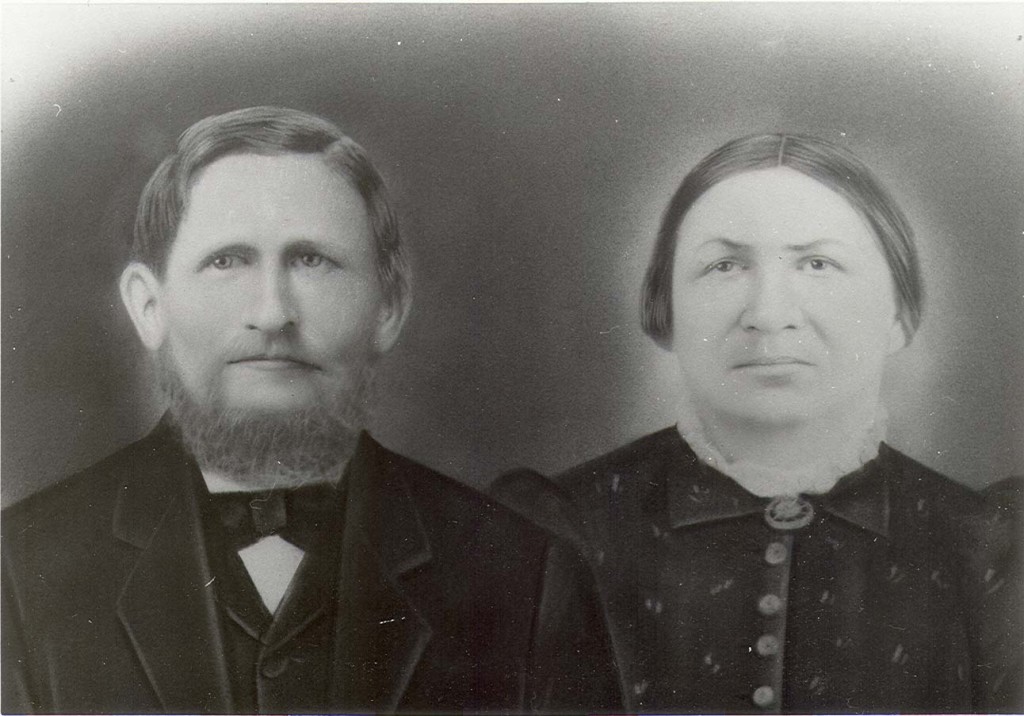
Conrad Jacob Schmidt was born on December 21st, 1841, the second youngest child of tar hauler Dietrich Schmidt Sr. and Sophia (Schmidt) Schmidt. He was baptized at the village church in Machtlos on December 26th, being named after his baptism sponsor, friend of the family Conrad Lindemann the tar hauler.
As a young man in Machtlos, Conrad worked as a “Weißbinder” (a “white washer”–someone who painted things like houses, fences, etc.) In 1862, Conrad had a child out-of-wedlock with a girl in the village named Martha Elisabeth Lindemann. The child was named Johann Heinrich “Henry”. Another child followed in 1863 named Conrad Dietrich (who died in infancy), and yet another child followed in 1864 named Katharina Elisabeth Martha “Lizzie”.
As betrothal in German villages in those days was a lengthy and negotiated process, the couple was finally able to marry on October 20th, 1865 in Machtlos. Not long after their wedding, the family moved northwest to the larger Westphalian city of Essen, Germany, where Conrad worked as a coal miner and a sausage maker. They lived first in the Uemmingen neighborhood, where they had a child named Johann Georg Conrad who died in infancy. After living in Uemmingen, the family moved to the Bochum neighborhood.
Around the time that they moved to Bochum, or perhaps slightly before they moved, the Prussian (German) government went to war with France, in what was called the Franco-Prussian War of 1870-1871. The Prussian Army came through the Essen area and conscripted Conrad Jacob Schmidt on their march to Paris. It was a violent, horrifying experience, filled with starvation, disease, and bloodshed, and when Conrad came back home at the end of the war, he determined that they should prepare to emigrate from the country so as to avoid military conscription for their sons. In Bochum, they had their last three children: Herman Balthasar Louis, Anna Sabine, and Margaretha Anna.
In the autumn of 1883, they gathered their family and some other relatives together and went to Antwerp, Belgium, where they boarded the SS Zeeland. The ship journey started out uneventful, but a terrible storm soon rose up and buffeted the ship relentlessly. Entire pieces of the hull were ripped off, and when their ship limped, half-sunk, into the Philadelphia harbor on November 25th, 1883, passengers reported that they could lay on the deck of the ship, reach over the edge, and touch the surface of the water. The steerage living quarters below had been flooded, and all the passengers had been forced to cram together on the upper levels of the ship. They would have assuredly been elated to return to dry land after such a journey.
Upon arriving in America, the Conrad and Martha Schmidt family took a train to Dysart, Iowa where they joined a community of many other relatives from the Machtlos area. In Dysart, Conrad and Martha’s daughter Lizzie married Michael Lindemann, and they moved northwest to Humboldt, Iowa in 1888. Conrad and Martha’s son, Herman, went northwest also that same year and settled in West Bend, Iowa, a town not far from Humboldt, where he set up a barber shop. One by one, all of the Schmidts began moving up toward West Bend, Iowa, including Conrad and Martha Schmidt.
On September 14th, 1891, at the age of 49, Conrad Jacob Schmidt died in West Bend. Each of his children had numerous children of their own, and his branch became the largest branch of the entire Schmidt family in America, numbering many thousands of family members in northern Iowa, southern Minnesota, and across the entire nation.
Meet the descendants of all of these amazing Schmidts at the record-breaking 2016 Schmidt Family Reunion in Spencer, Iowa on July 30-31, 2016! Register for this once-in-a-lifetime mega reunion today!
